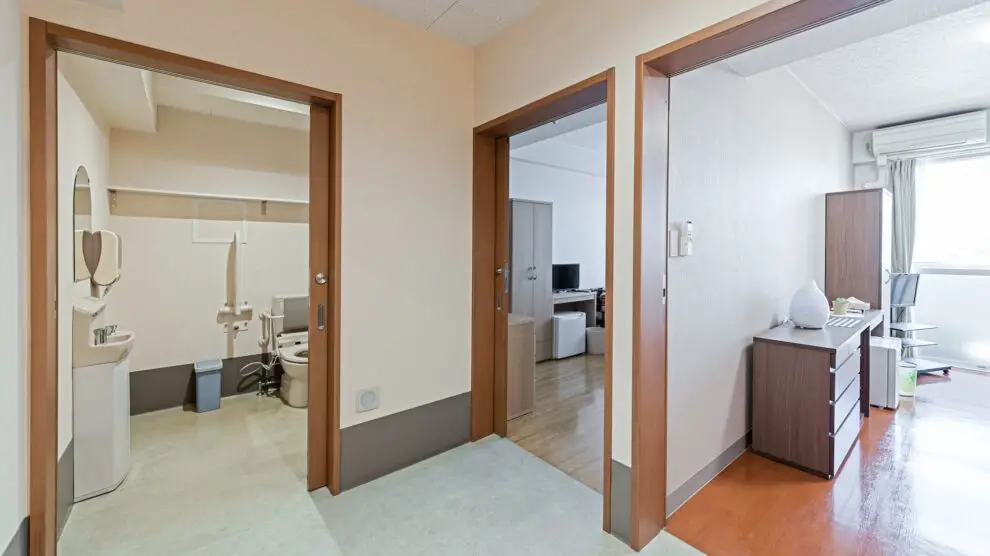Exploring the Benefits of a Japanese Toilet: What to Expect and How Much Does it Cost?
When it comes to modernizing your bathroom, a Japanese toilet is a great option to consider. Japanese toilets offer a range of features that can make your bathroom experience more comfortable and hygienic. In this article, we will explore the benefits of a Japanese toilet, what to expect, and how much it costs.
One of the main benefits of a Japanese toilet is its advanced features. Many Japanese toilets come with a heated seat, a bidet, and a deodorizer. The heated seat is great for cold winter mornings, while the bidet helps to keep you clean and hygienic. The deodorizer helps to keep your bathroom smelling fresh. Additionally, many Japanese toilets come with a remote control, allowing you to adjust the settings without having to get up.
When it comes to installation, a Japanese toilet is relatively easy to install. Most models come with detailed instructions and all the necessary hardware. However, if you are not comfortable with the installation process, you can always hire a professional to do the job for you.
When it comes to cost, Japanese toilets can range from a few hundred dollars to several thousand dollars. The cost will depend on the features and brand you choose. Generally speaking, the more features a toilet has, the more expensive it will be.
In conclusion, a Japanese toilet is a great way to modernize your bathroom. It offers a range of features that can make your bathroom experience more comfortable and hygienic. The installation process is relatively easy, and the cost can range from a few hundred dollars to several thousand dollars.
A Guide to Installing a Japanese Toilet: What You Need to Know and How Much it Costs
Installing a Japanese toilet is becoming increasingly popular in many countries around the world. Japanese toilets are known for their advanced features, such as heated seats, bidet functions, and air dryers. If you’re considering installing a Japanese toilet in your home, there are a few things you should know before you begin.
First, you’ll need to decide which type of Japanese toilet you want. There are two main types: the traditional Japanese toilet, which is a squat-style toilet, and the modern Japanese toilet, which is a Western-style toilet with advanced features. Both types of toilets require a dedicated power source, so you’ll need to make sure you have an electrical outlet nearby.
Next, you’ll need to decide on the features you want. Japanese toilets come with a variety of features, such as heated seats, bidet functions, air dryers, and more. You’ll also need to decide if you want a wall-mounted or floor-mounted toilet. Wall-mounted toilets are more expensive, but they can save space in a small bathroom.
Finally, you’ll need to consider the cost of installation. Installing a Japanese toilet can be expensive, depending on the type of toilet you choose and the features you want. Generally, you can expect to pay anywhere from $500 to $2,000 for installation.
Installing a Japanese toilet can be a great way to upgrade your bathroom and add a touch of luxury. With the right information and preparation, you can have a Japanese toilet installed in your home in no time.
Comparing Traditional Toilets to Japanese Toilets: What’s the Difference and How Much Does it Cost?
When it comes to toilets, there are two main types: traditional toilets and Japanese toilets. While both types of toilets serve the same purpose, there are some key differences between them. In this article, we will discuss the differences between traditional and Japanese toilets, as well as the cost associated with each type.
The most obvious difference between traditional and Japanese toilets is the design. Traditional toilets are typically made of porcelain and feature a bowl with a seat on top. The bowl is connected to a tank that holds the water used for flushing. Japanese toilets, on the other hand, are typically made of plastic and feature a bowl with a seat on top, but they also have a control panel with a variety of features. These features can include a heated seat, a bidet, a deodorizer, and a dryer.
In terms of functionality, traditional toilets are fairly basic. They are designed to flush waste away with the help of gravity and the water stored in the tank. Japanese toilets, however, are much more advanced. They use a combination of water pressure and air pressure to flush waste away. Additionally, they offer a variety of features that can make the bathroom experience more comfortable and hygienic.
When it comes to cost, traditional toilets are typically more affordable than Japanese toilets. Traditional toilets can range in price from around $100 to $500, depending on the model and features. Japanese toilets, on the other hand, can range in price from around $500 to $2,000, depending on the model and features.
In conclusion, there are some key differences between traditional and Japanese toilets. Traditional toilets are typically more affordable, but they lack the advanced features offered by Japanese toilets. Japanese toilets are more expensive, but they offer a variety of features that can make the bathroom experience more comfortable and hygienic.

Damien R.
Damien R.Damien est un passionné d'actualités et de journalisme. Il a rejoint l'équipe d'hsmaicuracao.org avec pour mission de décrypter et partager les événements qui façonnent notre monde. Toujours en quête de nouvelles perspectives, Damien apporte un regard analytique et approfondi à chaque sujet qu'il aborde. Son style d'écriture clair et concis permet aux lecteurs de rester informés en toute simplicité.

















